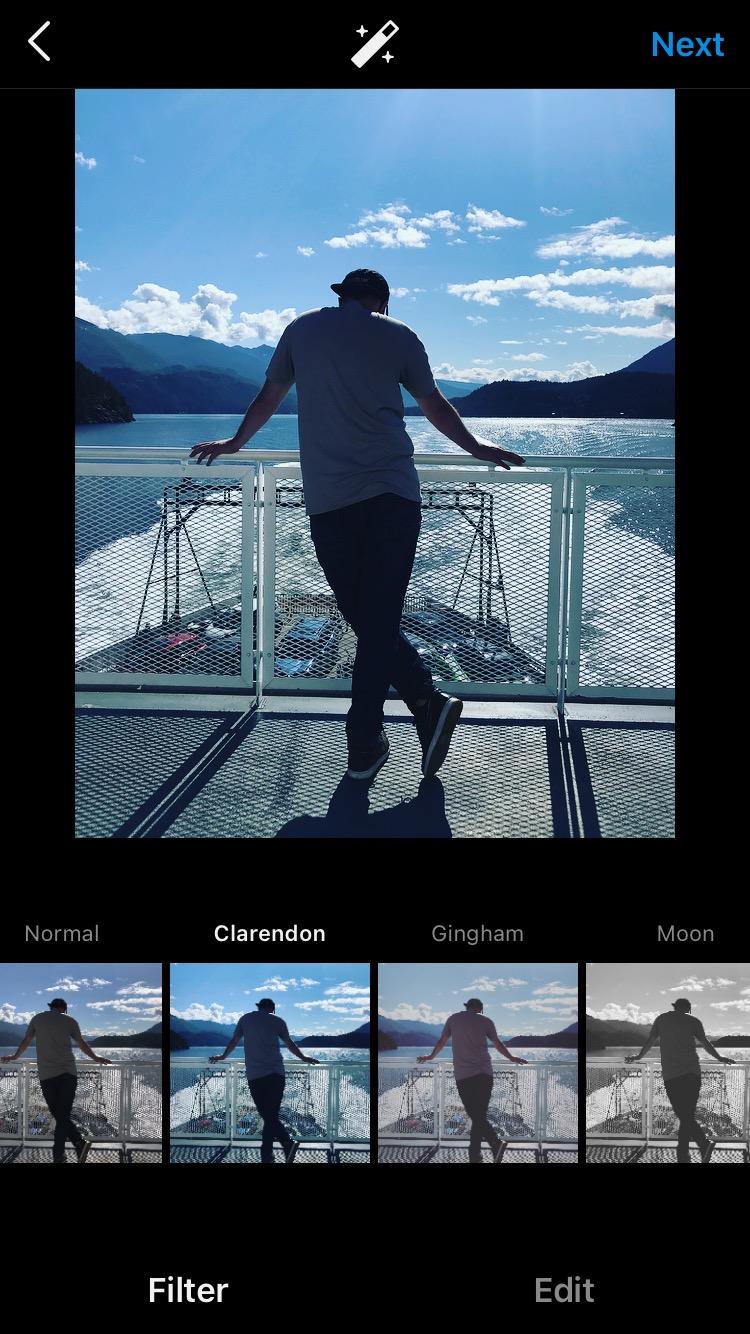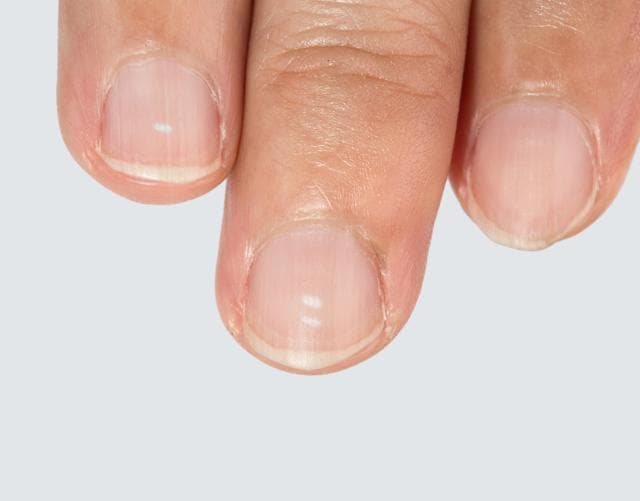

While the canopy isn't a solid, unbroken green, the forest is largely intact. The government has managed the forest as a unit since the thirteenth century. In Poland, small parcels of privately owned land surround the Niepolomice Forest.

Having local knowledge also allows you to connect satellite mapping to what’s happening in everyday life, from social studies, economics, and history (for example, population growth, transport, food production) to geology (volcanic activity, tectonics) to biology and ecology (plant growth and ecosystems) to politics and culture (land and water use) to chemistry (atmospheric pollution) and to health (pollution, habitat for disease carriers).įor example, land ownership and land use policy is contrasted in the pair of images below.
How to edit little white spots on photos Patch#
If you know that a wildfire burned through a forest last year, it’s easy to figure out that the dark brown patch of forest is probably a burn scar, not a volcanic flow or shadow. Perhaps the most powerful tool for interpreting a satellite image is knowledge of the place. On the Earth Observatory, most images are oriented so that north is up. These details can help you match the features to a map. If you know where north is, you can figure out if that mountain range is running north to south or east to west, or if a city is on the east side of the river or the west. The same technique applies to satellite images. When you get lost, the simplest way to figure out where you are is to find a familiar landmark and orient yourself with respect to it. Most of the time, context will help you see the source of the shadow-a cloud or mountain-by comparing the shape of the shadow to other features in the image.

Looking at other images of the same area taken at another time can help eliminate confusion. The combination of context, shape, and texture will help you tell the difference.įor example, shadows cast by clouds or mountains can be easy to mistake for other dark surface features like water, forest, or burned land. This means that a white patch might be a cloud, but it could also be snow or a salt flat or sunglint. Looking at a satellite image, you see everything between the satellite and the ground (clouds, dust, haze, land) in a single, flat plane. Volcanic plumes also vary in appearance, depending on the type of eruption. It is most often slightly tan, but like soil, can be white, red, dark brown, and even black due to different mineral content. Some cities have a more brown or red tone depending on the materials used for rooftops.ĭust ranges in color, depending on its source. Citiesĭensely built areas are typically silver or gray from the concentration of concrete and other building materials. Newly burned land is also dark brown or black, but the burn scar fades to brown before disappearing over time. Volcanic debris is brown, gray, or black. When the ground is white or very pale tan, especially in dried lakebeds, it is because of salt-, silicon-, or calcium-based minerals.

In some deserts such as the Australian Outback and the southwestern United States, exposed earth is red or pink because it contains iron oxides like hematite (Greek for blood-like). The color depends on the mineral content of the soil. Bare groundīare or very lightly vegetated ground is usually some shade of brown or tan. Submerged vegetation like kelp forests can provided a shadowy black or brown hue to coastal water. In the oceans, floating plants- phytoplankton-can color the water in a wide variety of blues and greens.


 0 kommentar(er)
0 kommentar(er)
